reducing flue size on wood stove
spinachqueen
14 years ago
Related Stories
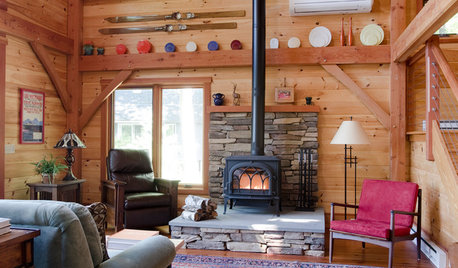
FIREPLACESPhoto Flip: 40 Wood-Burning Stoves to Set Your Heart Aflame
A collection of stylish stoves warm up contemporary, traditional and eclectic spaces from around the globe
Full Story
LIVING ROOMSHow to Convert Your Wood-Burning Fireplace
Learn about inserts and other options for switching your fireplace from wood to gas or electric
Full Story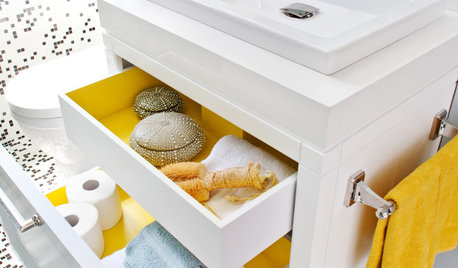
STORAGE12 Smart Storage Solutions to Reduce Clutter
Incorporate these nifty drawer inserts, pullouts and other innovative ideas to bring organization to your home
Full Story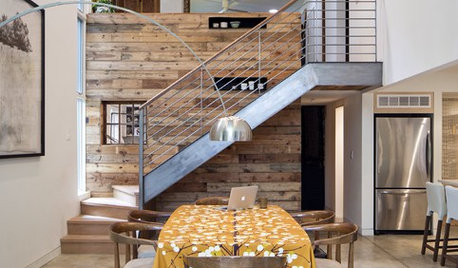
GREEN BUILDINGThe Future of Smart Design: Reuse, Reduce, Recycle
See why reducing waste in a home construction project should appeal to every architect, designer and client
Full Story
FIREPLACESDesign Workshop: Smart Ways to Store Wood Outdoors
Consider size, location, protection, air circulation and, of course, style for storing your firewood
Full Story
GREAT HOME PROJECTSWhat to Know About Adding a Reclaimed-Wood Wall
Here’s advice on where to put it, how to find and select wood, what it might cost and how to get it done
Full Story
DECORATING GUIDES9 Ways to Reduce Noise in an Open-Plan Space
Lovely, big living areas are wonderful, but sound can travel. Here are some ways to dampen the clamor in your wide-open rooms
Full Story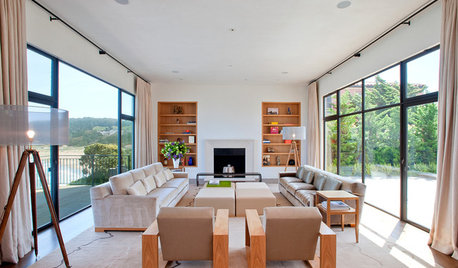
MOST POPULAREasy Green: 23 Ways to Reduce Waste at Home
Pick from this plethora of earth-friendly ideas to send less to the landfill and keep more money in your pocket
Full Story
WOODKnotty and Nice: Highly Textured Wood Has a Modern Revival
Whether it's cedar, fir or pine, if a wood has a knot, it's hot
Full Story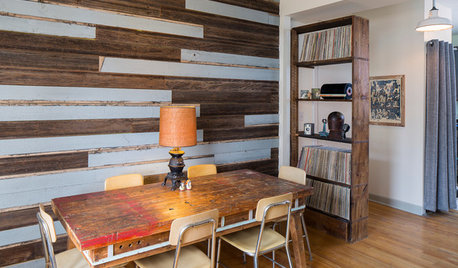
HOUZZ TVHouzz TV: Cool Reclaimed Wood Projects Fill a Craftsman’s Home
Using barn wood, beadboard and beams, this homeowner has crafted furnishings and features for his family’s Chicago home
Full StoryMore Discussions








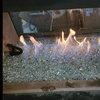
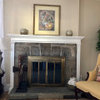

maryland_irisman
mainegrower
Related Professionals
Seaside Fireplaces · Dedham Air Conditioning & Heating · Garden City Interior Designers & Decorators · Rockland Interior Designers & Decorators · Bloomington General Contractors · Corsicana General Contractors · Dunkirk General Contractors · Fort Lee General Contractors · Halfway General Contractors · Pinewood General Contractors · Riverdale General Contractors · Seguin General Contractors · South Windsor General Contractors · Laguna Niguel Lighting · Channahon Lightingmaryland_irisman
spinachqueenOriginal Author
moonwandrr
christopherh